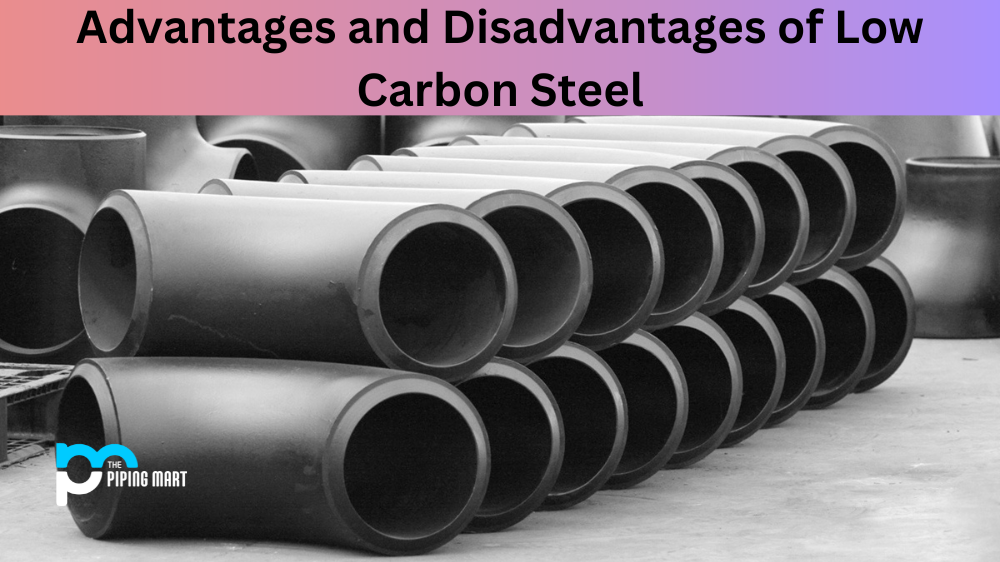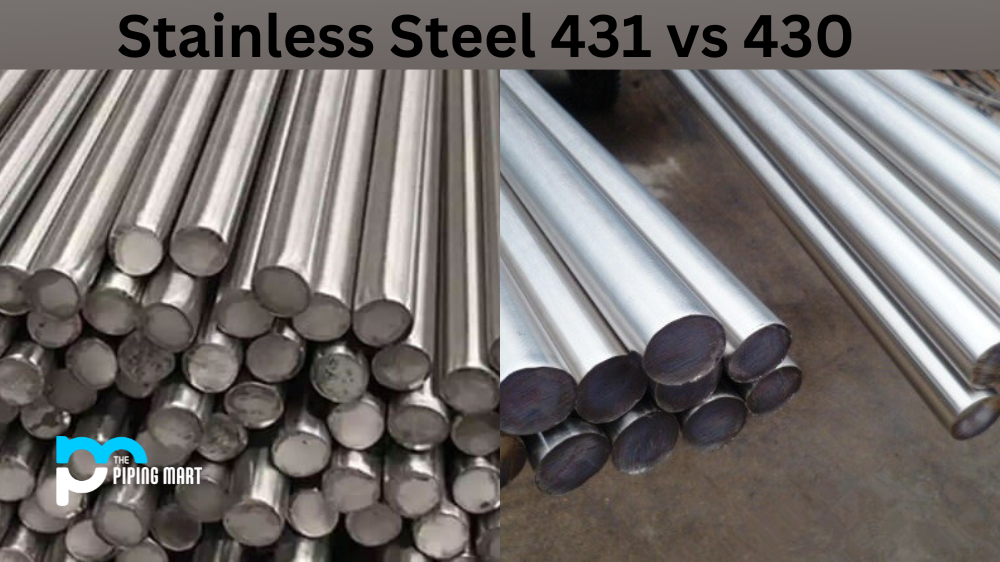Many people are familiar with welding stainless steel and aluminium, but what about welding aluminium to stainless steel? Can it be done? The answer is yes—but there are some important considerations that need to be taken into account first. This article will explain the basics of MIG welding aluminium to stainless steel so you can make an informed decision.
Welding is a fascinating process that requires precision and skill. One common question among welders is whether or not MIG welding aluminum and stainless steel is possible. The answer is yes, but the process requires specialized equipment and extra care. While both materials can be MIG welded, they have vastly different melting points and thermal properties. Welding aluminum to stainless steel can result in cracks and compromised welds if not done correctly. However, with proper preparation and technique, it is possible to create a strong, reliable weld between these two dissimilar metals.
Welding Process
MIG welding aluminum to stainless steel requires a few specific steps in order to ensure a successful weld. First, the materials must be properly prepared and cleaned prior to welding. This includes removing any dirt, grease, or other contaminants from the surface of both metals. A wire brush should be used for cleaning if necessary. The next step is to determine the correct filler metal for the job at hand. Different alloys may require different types of filler metal in order for a successful weld.
The next step is setting up the welder itself. Welders must adhere to certain parameters when setting up their machines in order to create a strong and reliable weld between two dissimilar metals, such as aluminum and stainless steel. For example, welders should use a higher voltage setting than normal when mig welding aluminum and stainless steel together in order for the arc force generated by the machine’s electrode tip to penetrate both metals properly and form an adequate bond between them. Additionally, it’s important that welders set their amperage level correctly—too low an amperage level could result in weak welds, while too high could cause excessive spatter or warping of either metal due to overheating.
Conclusion:
Mig welding aluminum and stainless steel together can be done successfully with the right preparation, filling material, and equipment settings. It’s important that welders follow all safety protocols when performing any type of welding project as well as take proper precautions when working with hazardous materials such as fluxes or coatings on either material being joined together. With proper care, experience, and knowledge, one can successfully join these two very different materials together using mig welding techniques—allowing you greater flexibility in your projects!

Pipingmart is a B2B portal that specializes in metal, industrial and piping items. Additionally, we share the latest information and information about materials, products and various types of grades to assist businesses that are involved in this business.




